Home>Articles>10 Things That Squeak In Your Home (and How To Fix Them)
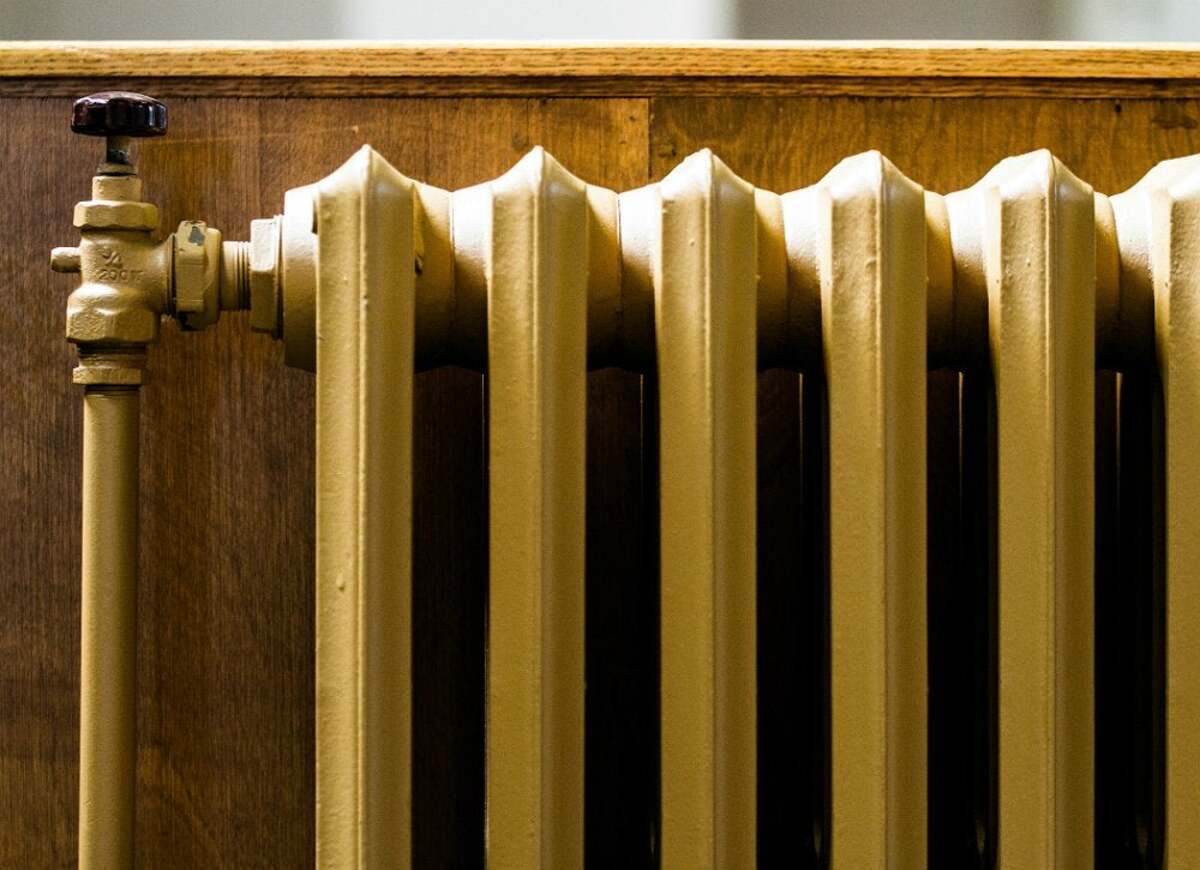

Articles
10 Things That Squeak In Your Home (and How To Fix Them)
Modified: January 19, 2024
Discover 10 common squeaky sounds in your home and learn how to fix them with these informative articles. Find quick solutions to eliminate annoying noises and enjoy a quieter living space.
(Many of the links in this article redirect to a specific reviewed product. Your purchase of these products through affiliate links helps to generate commission for Storables.com, at no extra cost. Learn more)
Introduction
There’s nothing quite as annoying as the sound of a squeaky door or a creaky floorboard in your home. These unwanted noises can not only be bothersome but can also disrupt your peace and quiet. Fortunately, there are solutions to help fix these squeaks and restore harmony to your living space.
In this article, we will explore 10 common things that squeak in your home and provide you with practical tips on how to fix them. From doors and floors to chairs and cabinets, we’ll cover a range of squeaky culprits that you may encounter in your daily life. So let’s get started and put an end to those pesky squeaks once and for all!
Key Takeaways:
- Say goodbye to annoying squeaks in your home by following simple DIY solutions for doors, floors, chairs, cabinets, windows, and more. Enjoy a peaceful and serene living environment with these easy fixes.
- Keep your home tranquil and squeak-free by addressing common noise culprits such as pets, appliances, stairs, and plumbing fixtures. With a little know-how and proactive maintenance, enjoy a peaceful living space free from unwanted noises.
Read more: Car Squeaks When Air Conditioner Is On
Doors
Squeaky doors can be a nuisance, especially when they wake up the entire household every time you open or close them. The main cause of door squeaks is friction between the hinges or the door and its frame. Fortunately, fixing a squeaky door is often a simple task that requires minimal tools and effort.
To begin, examine the hinges of the door. If they appear rusty or worn out, applying a lubricant can help reduce the friction and eliminate the squeak. You can use a silicone-based lubricant, which is ideal for metal hinges, or a graphite powder, which works well on wooden hinges.
Another common cause of door squeaks is a loose hinge. Tightening the screws on the hinge plate can often remedy this issue. However, if the screws are stripped or the hinge is damaged, you may need to replace the hinge entirely. In such cases, be sure to purchase the correct size and type of hinge to ensure a proper fit.
If the squeak persists even after lubricating the hinges, the problem may lie in the contact between the door and the frame. Applying a thin layer of wax or soap on the areas where the door rubs against the frame can help reduce friction and eliminate the squeak.
In some cases, squeaky doors can also be caused by loose doorknobs or strike plates. To fix this, tighten any loose screws on the doorknob or strike plate using a screwdriver. If the screws are stripped, replace them with slightly longer screws that can provide a more secure hold.
Remember to test the door after each repair to ensure the squeak is gone. If the door continues to squeak, further investigation may be required to identify and address any underlying issues such as warped or misaligned door frames.
By following these simple steps, you can easily fix squeaky doors and enjoy a quiet and peaceful home environment.
Floors
Creaky or squeaky floors can be quite frustrating, especially when every step you take announces your presence to the entire household. Fortunately, there are several methods to silence those obnoxious floor squeaks and restore the tranquility of your home.
One common cause of squeaky floors is loose floorboards. Over time, as the house settles and the wood expands and contracts, the nails or screws holding the floorboards in place may become loose. To fix this, you can take the following steps:
- Locate the source of the squeak by walking along the floor and listening for the noise
- Once you find the squeaky area, mark it with a piece of tape or chalk to make it easier to identify
- Next, use a drill to insert screws through the floorboards and into the subfloor or floor joists. Make sure the screws are long enough to securely anchor the floorboards but not so long that they penetrate through the floor
- If nails were originally used to secure the floorboards, you can also try hammering them back in to tighten the boards. However, using screws is generally more effective in preventing future squeaks
If the floor squeaks persist, you may need to address issues with the subfloor. This is particularly true for older homes with wooden subfloors. In such cases, you can screw the subfloor to the joists using deck screws or apply construction adhesive between the subfloor and the joists to minimize movement and eliminate squeaks.
In some instances, the squeaking noise may be caused by gaps between the subfloor and the floor joists. To fix this, you can use shims or wedges to fill the gaps and provide additional support. Simply insert the shims or wedges into the spaces where the subfloor and joists meet to reduce movement and silence the floor.
Another method to minimize floor squeaks is to apply talcum powder or powdered graphite between the floorboards. This helps to reduce friction between the boards and eliminate the annoying sounds.
By following these steps and addressing the underlying causes, you can effectively fix squeaky floors and enjoy a silent and peaceful home.
Chairs
We’ve all experienced the annoyance of a squeaky chair that disrupts our mealtime or work. The good news is, fixing a squeaky chair is often a straightforward process that can bring back the comfort and silence to your seating area.
The most common cause of a squeaky chair is the friction between the various components, such as the seat, backrest, and legs. To address this issue, you can follow these simple steps:
- Identify the source of the squeak by sitting in the chair and listening for the noise. Try rocking the chair back and forth or shifting your weight to pinpoint the exact area.
- Once you’ve identified the squeaky spot, flip the chair upside down and inspect the joints and connections. Look for any loose screws, bolts, or rivets that may be causing the noise.
- Tighten any loose connections using an appropriate screwdriver or wrench. Make sure to check all screws and bolts, including those attaching the legs to the frame and those securing the seat and backrest to the chair.
- If tightening the screws and bolts doesn’t solve the problem, you can lubricate the moving parts of the chair with a silicone-based lubricant or a spray lubricant designed for furniture. Apply the lubricant to any pivot points or areas where friction is occurring.
- In some cases, the squeak may be due to worn-out or damaged chair glides or pads. Replace these with new ones to ensure smooth movement and silence.
If the chair continues to squeak even after these attempts, there may be more serious structural issues that require professional assistance. Consider consulting a furniture repair specialist who can diagnose and address the underlying problem.
Additionally, regular maintenance and upkeep can prevent chairs from becoming squeaky in the first place. Inspect and tighten any loose connections periodically, and clean the chair’s moving parts to remove dust and debris that can contribute to friction and noise.
By following these steps and taking proper care of your chairs, you can eliminate squeaks and enjoy comfortable and peaceful seating in your home or workplace.
Cabinets
Squeaky cabinets can be a constant source of annoyance in your kitchen or bathroom. The good news is, there are simple solutions to help silence those squeaks and restore tranquility to your space.
The most common cause of squeaky cabinets is the friction between the hinges and the door or between the cabinet parts themselves. To fix this, you can try the following steps:
- Open the cabinet door and locate the hinges. Inspect them to see if they are loose or need lubrication.
- If the hinges are loose, use a screwdriver to tighten the screws. Be careful not to overtighten, as this can strip the screw holes or cause damage.
- If the screws are stripped or no longer hold securely, remove them and replace them with slightly longer ones that can provide a more secure hold. Make sure to choose screws that match the size and type of the original ones.
- If the hinges are not the issue, the problem may lie in the contact between the cabinet parts. Apply a small amount of powdered graphite or silicone-based lubricant to the areas where the cabinet components rub against each other. This can help reduce friction and eliminate the squeaks.
In some cases, the squeaking noise may be caused by loose or worn-out drawer slides. Drawer slides allow the drawers to smoothly open and close, and if they are damaged or misaligned, they can produce squeaks. To fix this, you can try the following:
- Remove the drawer from the cabinet by pulling it out completely.
- Inspect the drawer slides for any loose screws or damaged parts. Tighten any loose screws using a screwdriver and replace any damaged or worn-out components.
- If the drawer slides are worn-out and cannot be fixed, consider replacing them with new ones. Choose high-quality drawer slides that are compatible with your cabinet and drawer dimensions.
Regular maintenance and upkeep can also help prevent squeaky cabinets. Keep the hinges and drawer slides clean and free from debris, as dirt and grime can contribute to friction and noise. Periodically tighten any loose screws and lubricate the moving parts to ensure smooth and silent operation.
By following these steps and addressing the underlying causes, you can easily fix squeaky cabinets and enjoy a quiet and peaceful kitchen or bathroom.
Windows
Squeaking windows can be irritating, especially when they disrupt the tranquility of your home or let in unwanted noise from the outside. Fortunately, there are several steps you can take to fix squeaky windows and restore peace to your living space.
The most common cause of window squeaks is friction between the window frame and the sash or between the sash and the window tracks. To address this issue, follow these steps:
- Identify the source of the squeak by opening and closing the window. Listen for the noise and try to pinpoint the exact location.
- Once you’ve located the squeaky area, apply a small amount of silicone-based lubricant or powdered graphite to the friction points. This can help reduce friction and eliminate the squeak.
- Slide the window back and forth several times to distribute the lubricant evenly and ensure smooth operation.
- If the squeak persists, check the window tracks for any debris or dirt that may be causing the friction. Clean the tracks using a soft brush or cloth, and then apply a lubricant to further reduce friction.
In some cases, the window frame itself may be loose or misaligned, causing squeaks. To fix this, you can take the following steps:
- Inspect the window frame for any loose screws or nails. Tighten them using a screwdriver or hammer to secure the frame.
- If the window frame is misaligned, adjust it by gently tapping with a rubber mallet or a piece of wood. Be careful not to use excessive force, as this can cause damage to the frame.
- Check the weatherstripping around the window. If it’s worn out or damaged, replace it to create a tighter seal and reduce friction.
Proper maintenance and regular cleaning can also help prevent squeaky windows. Keep the window tracks and frames clean from dirt and debris, and lubricate them periodically to ensure smooth and silent operation.
By following these steps and addressing the underlying causes, you can easily fix squeaky windows and enjoy a quiet and peaceful home environment.
To fix a squeaky door hinge, remove the hinge pin and apply a small amount of lubricant, such as WD-40 or silicone spray, before reinserting the pin. This should eliminate the squeaking noise.
Hinges
Squeaky hinges can be quite frustrating, whether they are on doors, cabinets, or other furniture items. Fortunately, fixing squeaky hinges is a simple task that can restore smooth and silent operation to your household items.
The most common cause of squeaky hinges is a lack of lubrication. Over time, the metal components of the hinges can rub against each other, causing friction and noise. To address this issue, follow these steps:
- Inspect the hinges for any visible signs of rust or dirt buildup. If present, clean the hinges using a soft cloth or a toothbrush to remove any debris.
- Apply a lubricant to the hinge pins and moving parts of the hinges. You can use a silicone-based lubricant, WD-40, or even petroleum jelly. Be sure to apply the lubricant sparingly, as excessive amounts can attract dirt and create further issues.
- Gently move the hinges back and forth to distribute the lubricant and loosen up any seized parts. This will help reduce friction and eliminate the squeaks.
If the squeak persists, ensure that the screws holding the hinges in place are tight. Loose screws can cause misalignment and lead to squeaking. Carefully tighten any loose screws using an appropriate screwdriver, being careful not to overtighten and strip the screw holes.
In some cases, the hinges themselves may be damaged or worn out, requiring replacement. If you have tried lubrication and tightening but the squeaking continues, consider replacing the hinges with new ones that are compatible with your doors or furniture items.
Regular maintenance is key to preventing future squeaks in hinges. Periodically inspect and clean the hinges to remove any dirt or debris that could contribute to friction. Additionally, applying a thin layer of lubrication to the hinges every few months can help keep them operating smoothly.
By following these simple steps and providing the necessary lubrication, you can easily fix squeaky hinges and enjoy silent and hassle-free operation of your doors and furniture.
Stairs
Squeaky stairs can not only be annoying but also potentially dangerous if left unaddressed. The repetitive noise of creaking stairs can disrupt the peace in your home and make you hesitant to use the staircase. Fortunately, fixing squeaky stairs is possible and can help restore safety and tranquility to your living space.
The main cause of squeaky stairs is the movement and friction between the treads (the horizontal boards you step on) and the risers (the vertical boards between each step). To fix this issue, you can follow these simple steps:
- Identify the squeaky steps by walking up and down the staircase. Pay attention to the specific steps that produce the noise.
- Once you’ve identified the squeaky steps, determine whether the noise originates from loose treads or loose risers.
- If the treads are the culprit, you can apply a lubricant or powdered graphite in the gaps between the treads and the risers. This can help reduce friction and silence the squeaks.
- If the risers are the issue, you can use a bradawl or a small drill bit to create pilot holes through the risers and into the treads. Then insert screws into these pilot holes to secure the risers tightly.
- If the squeaks persist, you may need to reinforce the stairs further. One method is to apply construction adhesive to the joints between the treads and the risers. This will help bond the two components together and reduce movement and noise.
- Alternatively, you can use wooden shims inserted between the treads and the risers to provide additional support and eliminate squeaks. Simply tap the shims into the gaps until the stairs feel sturdy and the squeaks disappear.
Regular maintenance and upkeep can also help prevent future squeaks in your staircase. Check for loose nails or screws and tighten them as necessary. Additionally, keep the staircase clean from dirt and debris, as these can contribute to friction and noise.
If you’re unsure or uncomfortable with DIY repairs, consider consulting a professional carpenter or contractor who specializes in staircase repairs. They can assess the situation and provide professional solutions to fix the squeaky stairs.
By following these steps and addressing the underlying causes, you can easily fix squeaky stairs and enjoy a peaceful and safe staircase in your home.
Plumbing Fixtures
Squeaky plumbing fixtures, such as faucets, pipes, or toilets, can be both annoying and worrisome. Not only do they disturb the peace in your home, but they can also indicate potential plumbing issues that require attention. Fixing squeaky plumbing fixtures is essential to restore tranquility and prevent further problems down the line.
The exact cause of squeaky plumbing fixtures can vary depending on the specific fixture and its components. Here are some common troubleshooting steps to address different squeaks:
Faucets:
- Start by turning off the water supply to the faucet.
- Inspect the faucet handles for any loose screws or parts. Tighten them to see if it resolves the squeak.
- If the squeak persists, disassemble the faucet and apply plumber’s grease or silicone-based lubricant to the moving parts, such as the cartridge or stem. This will help reduce friction and silence the squeak.
- Reassemble the faucet and turn on the water supply to test for any remaining noise. If the problem continues, it may be necessary to replace worn-out parts or the entire faucet.
Pipes:
- Identify the location of the squeaking pipe by listening for the noise or visually inspecting exposed pipes.
- If the noise is caused by loose pipes, secure them using pipe hangers or clips. This will prevent them from rubbing against other surfaces and producing squeaks.
- If the squeak persists, wrap the affected pipe with pipe insulation or foam padding. This will reduce the vibration and movement that can lead to noise.
- If the problem persists or involves concealed pipes within the walls, it’s advisable to consult a professional plumber for further investigation.
Toilets:
- Check the mounting bolts that secure the toilet to the floor. If they are loose, tighten them using a wrench.
- If the squeak continues, place toilet shims under the base of the toilet to provide stabilization and eliminate any rocking motion that could cause noise.
- Inspect the toilet tank components, such as the fill valve or flapper. Lubricate them with silicone-based grease if necessary.
- If the noise persists or there are other toilet-related issues, it’s recommended to seek assistance from a professional plumber.
Remember, addressing squeaky plumbing fixtures promptly can prevent more significant problems from arising in the future. If you are unsure about any DIY repairs or suspect a complex plumbing issue, it is best to consult a professional plumber for a thorough assessment and appropriate repairs.
By following these steps and resolving the underlying causes, you can effectively fix squeaky plumbing fixtures and restore a peaceful and well-functioning plumbing system in your home.
Read more: Why Is My Air Conditioner Squeaking
Appliances
Squeaky appliances can be quite bothersome, disrupting the peace in your home and causing unnecessary stress. From noisy refrigerators to squeaky washing machines, these sounds can be indicative of underlying issues that need to be addressed. Fortunately, there are steps you can take to fix squeaky appliances and restore tranquility to your living space.
Refrigerators and Freezers:
- Ensure the appliance is level and balanced. Adjust the leveling feet or use shims to eliminate any rocking or wobbling that could cause noise.
- Clean the condenser coils located at the back or bottom of the appliance. Dust and debris can cause the motor to work harder and produce additional noise.
- Inspect the fan blades and motor for any loose or damaged parts. Tighten or replace them as necessary.
- If the noise persists, it’s advisable to consult a professional appliance repair technician to diagnose and fix any potential issues with the compressor or other internal components.
Washing Machines and Dryers:
- Ensure the appliances are level and stable. Adjust the leveling feet or use a leveling tool to eliminate any wobbling or movement.
- Check the drum or tub bearings for any signs of damage or wear. Replace them if necessary.
- Inspect the belts and pulleys for any signs of wear or misalignment. Tighten or replace them if needed.
- For front-loading washing machines, clean the door gasket regularly to remove any debris or residue that may cause friction and noise.
- If the problem persists, it’s recommended to contact a professional appliance technician for further diagnosis and repair.
Dishwashers and Ovens:
- Check for loose or damaged racks in the dishwasher and oven. Tighten or replace them as necessary.
- Inspect the door hinges and latches for any signs of wear or misalignment. Lubricate them with silicone-based grease to reduce friction and eliminate noise.
- If the issue persists, it’s best to seek professional assistance from an appliance repair technician.
Regular maintenance and cleaning can also help prevent squeaky appliances. Read the manufacturer’s instructions and follow the recommended maintenance procedures, such as cleaning filters or lubricating moving parts, to keep your appliances running smoothly and silently.
Remember, if you feel unsure or uncomfortable with any DIY repairs, it’s always best to consult a professional appliance technician. They have the expertise and knowledge to diagnose and fix any potential issues with your appliances, ensuring safe and efficient operation.
By following these steps and addressing the underlying causes, you can effectively fix squeaky appliances and enjoy a quiet and peaceful home environment.
Pets
As much as we love our furry friends, they can sometimes be the source of squeaks and other noises in our homes. Whether it’s their nails on hardwood floors or their toys squeaking, these sounds can be disruptive. Fortunately, there are strategies you can employ to minimize or eliminate squeaks caused by our beloved pets.
Nails on Hardwood Floors:
- Regular nail trimming is essential to keep your pet’s nails at an appropriate length. Shorter nails are less likely to scratch or create noise on hardwood surfaces.
- You can also consider using soft nail caps or covers on your pet’s nails. These caps provide a buffer and reduce the noise of their nails clicking against the floor.
- If your pet’s nails are still causing squeaking noises, try using area rugs or carpet runners in high-traffic areas. These not only provide traction but also help dampen the sound of their footsteps.
Squeaky Toys:
- Choose toys that are designed to be quieter. Look for plush toys without squeakers or opt for rubber toys that produce less noise when chewed or squeezed.
- If your pet has a favorite squeaky toy that can’t be easily replaced, you can modify it by removing the squeaker or replacing it with a quieter one. Be sure to securely sew or stitch the toy back up to prevent any choking hazards.
Furniture and Scratching Posts:
- Provide your pet with a designated scratching post or pad to prevent them from scratching furniture. This will not only protect your furniture but also reduce any squeaks or other unwanted noises caused by scratching.
- Consider placing furniture pads or felt strips on the underside of your pet’s favorite lounging spots. These pads can minimize noise when your pet jumps on or off furniture.
Training and Distraction:
- Invest time in training your pet to have good manners and follow commands. Teaching them to wait or stay on a specific mat or area can help prevent unnecessary movement and noise.
- Provide your pet with plenty of mental and physical stimulation through interactive toys, puzzle feeders, and regular playtime. This can help keep them engaged and less inclined to engage in noisy behaviors out of boredom or frustration.
Remember, patience and consistency are key when addressing any noise-related issues caused by pets. Understanding your pet’s needs and providing appropriate outlets for their energy and curiosity can go a long way in minimizing unwanted noises while maintaining a happy and harmonious home.
Conclusion
Squeaks in our homes can be incredibly frustrating, disrupting the peace and tranquility we desire. However, with a little know-how and some simple steps, you can fix squeaky doors, floors, chairs, cabinets, windows, hinges, stairs, plumbing fixtures, appliances, and even address the noises caused by our beloved pets.
By addressing the underlying causes of these squeaks, you not only restore peace and quiet to your home but also prevent potential issues from worsening over time. Regular maintenance and proactive measures can help prevent future squeaks, ensuring a more enjoyable and serene living environment.
Remember to identify the specific source of the squeaks, whether it’s loose components, friction, or other factors. Then take the appropriate steps, such as tightening screws, lubricating moving parts, or using shims, to eliminate the noise. When needed, seek professional assistance to diagnose and fix more complex issues.
Throughout the process, it’s important to balance functionality with aesthetics. While fixing squeaks, you can also enhance the visual appeal of your home by choosing quality products, matching hardware, and maintaining cleanliness and orderliness.
By following these comprehensive tips for fixing squeaks in your home, you can create a serene and peaceful living space where annoying noises are a thing of the past. Enjoy the quiet and comfort that comes with a properly maintained and squeak-free environment!
Frequently Asked Questions about 10 Things That Squeak In Your Home (and How To Fix Them)
Was this page helpful?
At Storables.com, we guarantee accurate and reliable information. Our content, validated by Expert Board Contributors, is crafted following stringent Editorial Policies. We're committed to providing you with well-researched, expert-backed insights for all your informational needs.
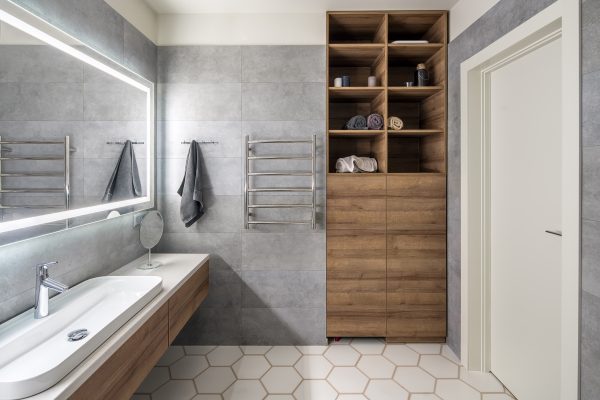
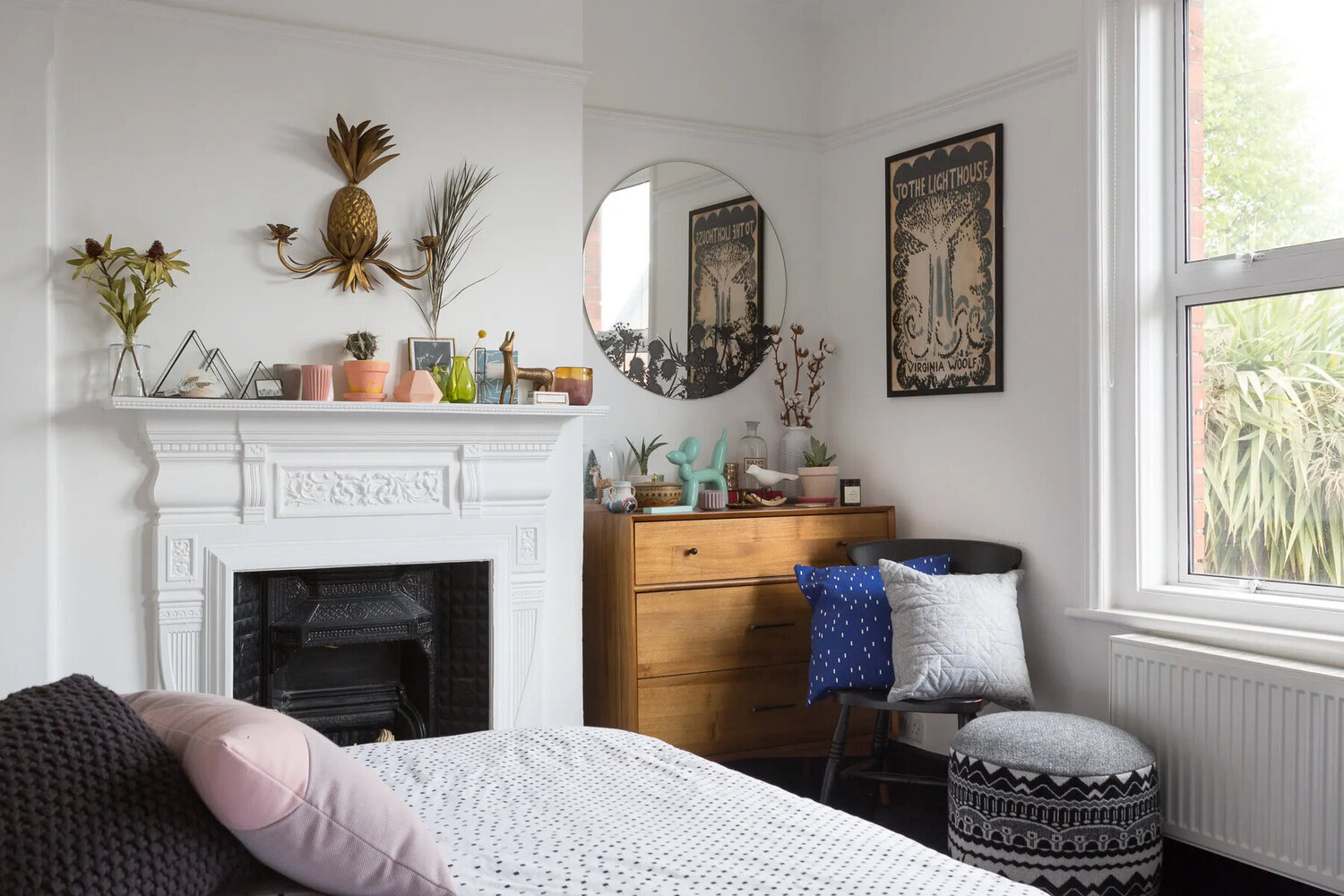
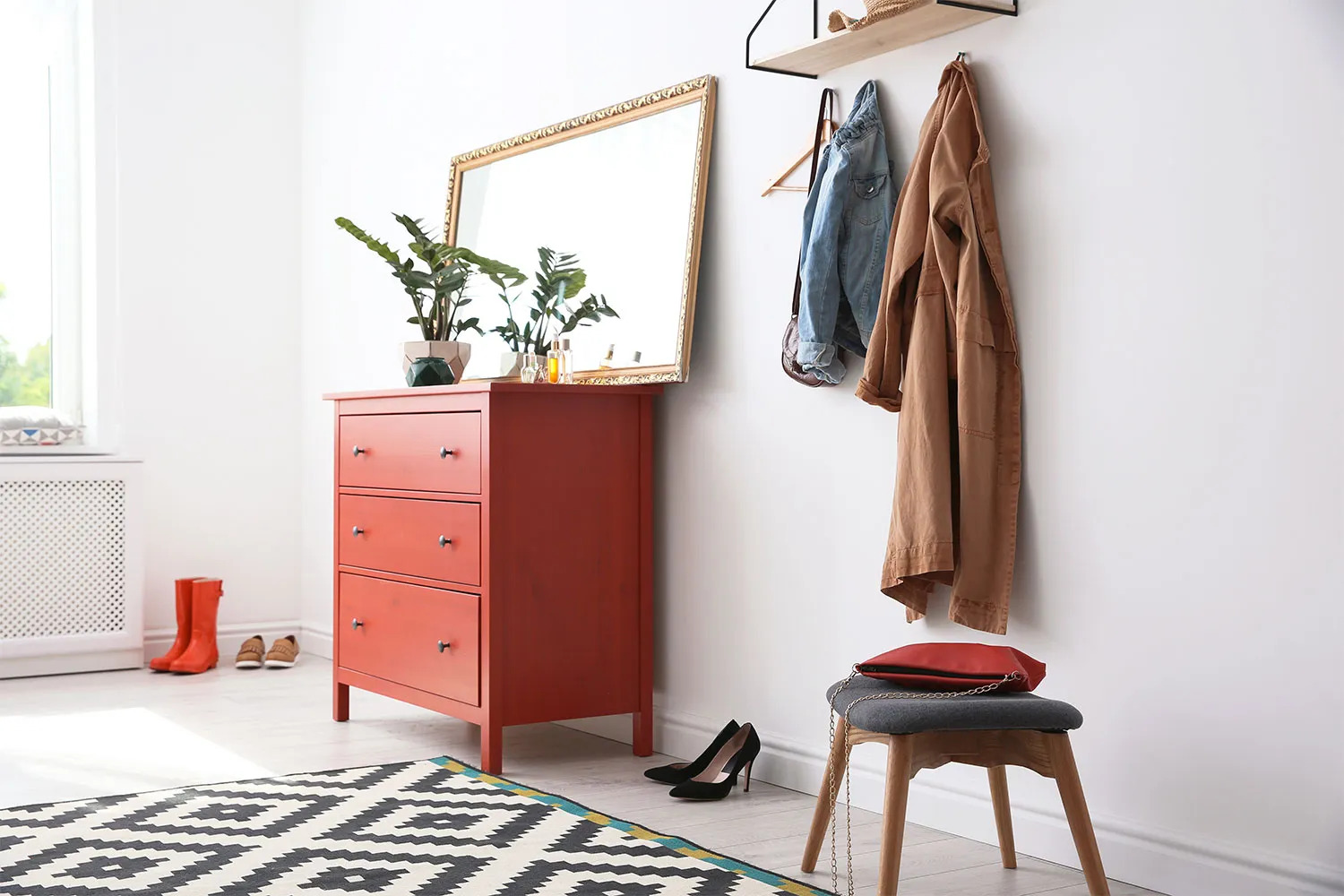

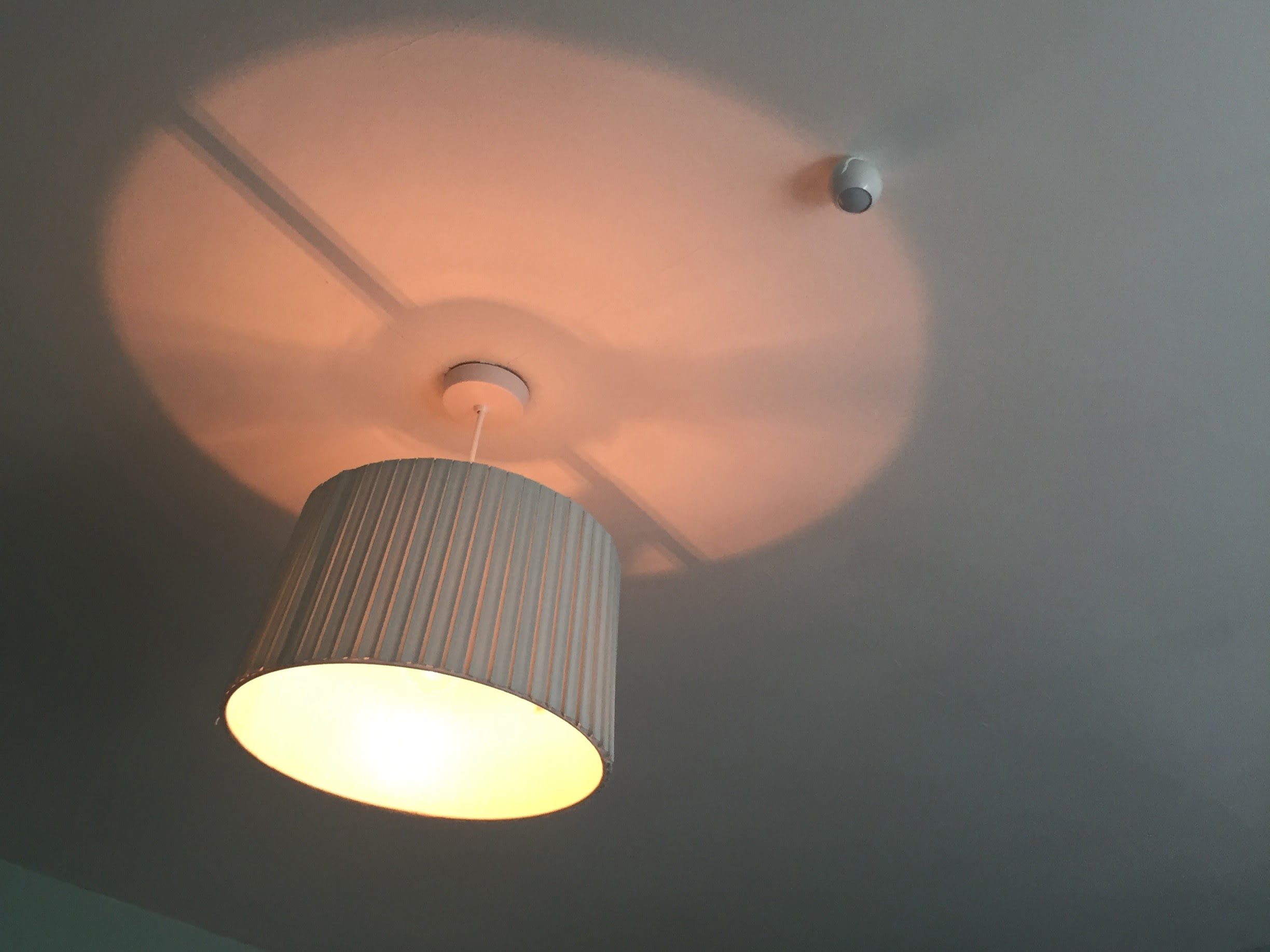
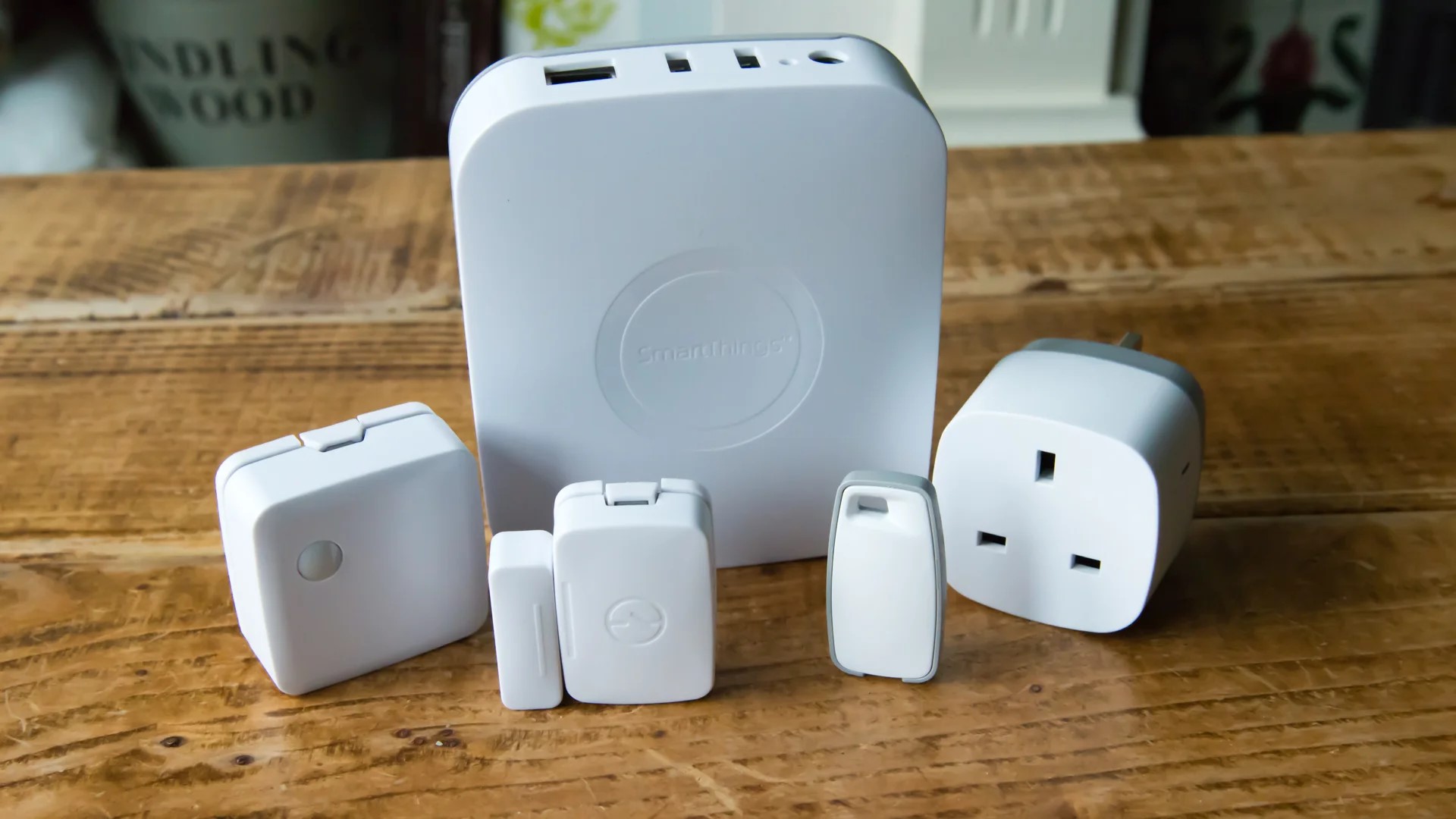
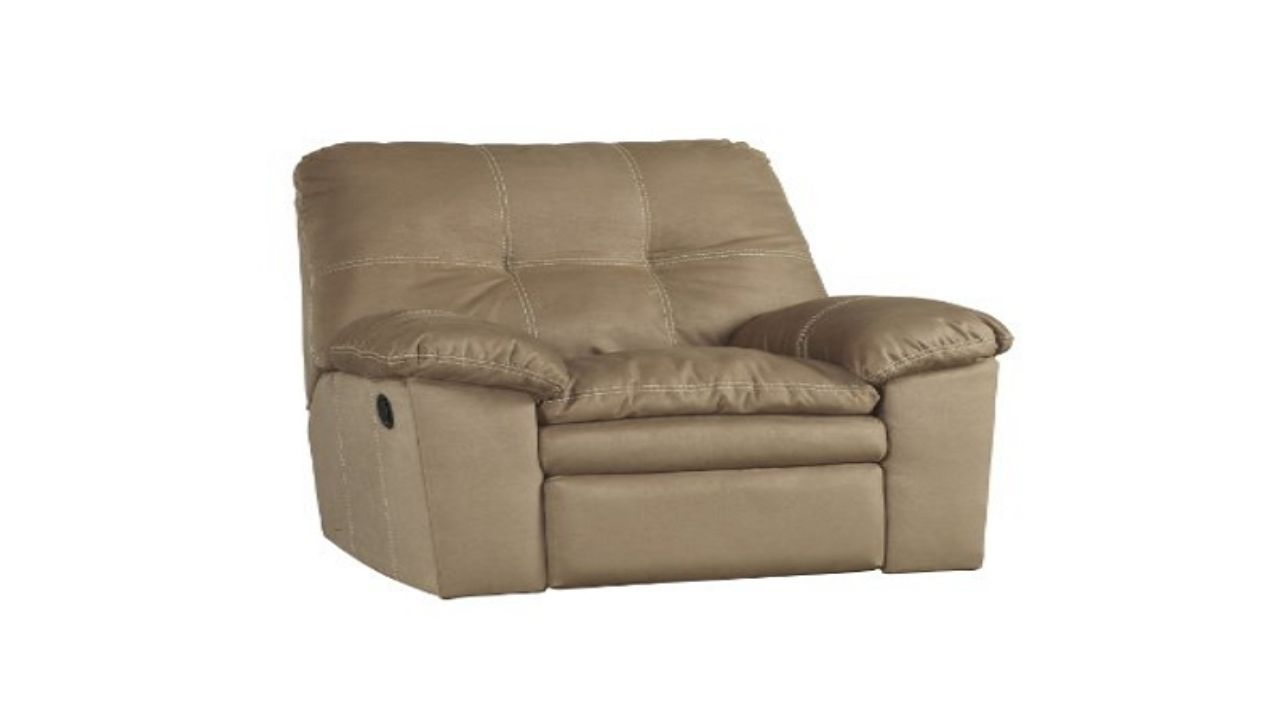

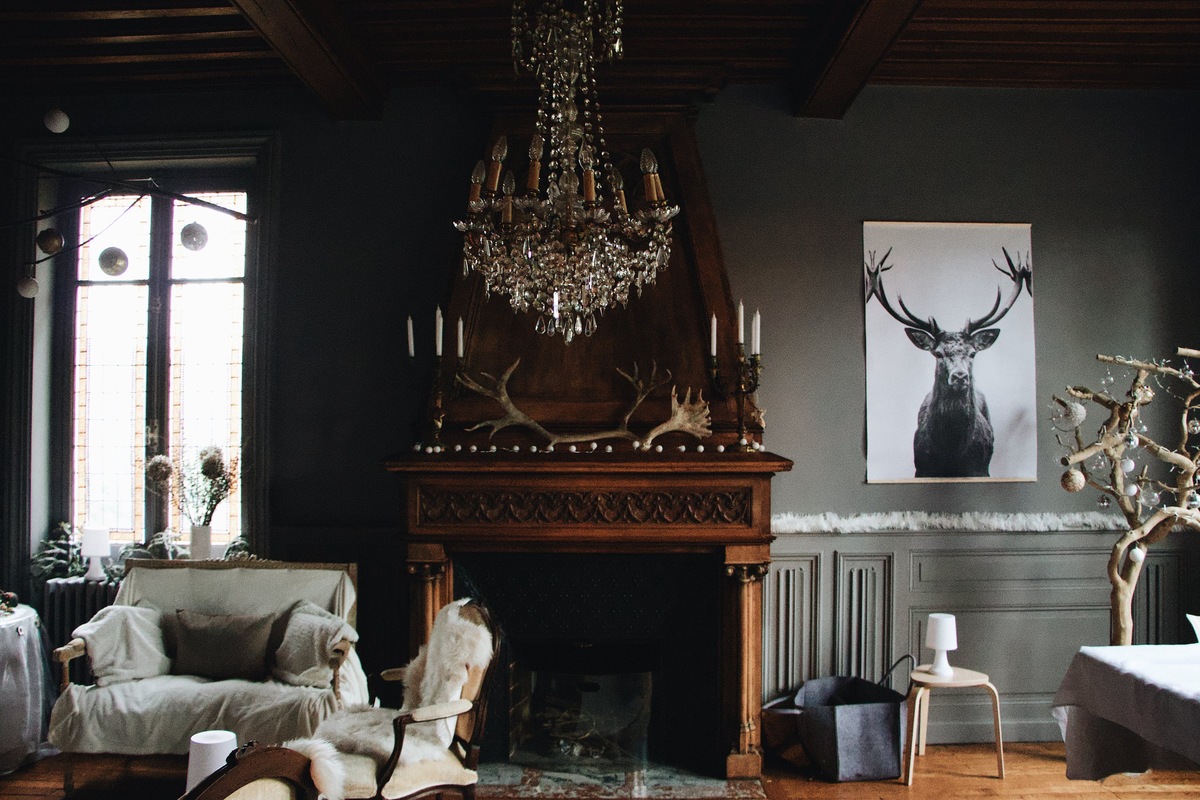
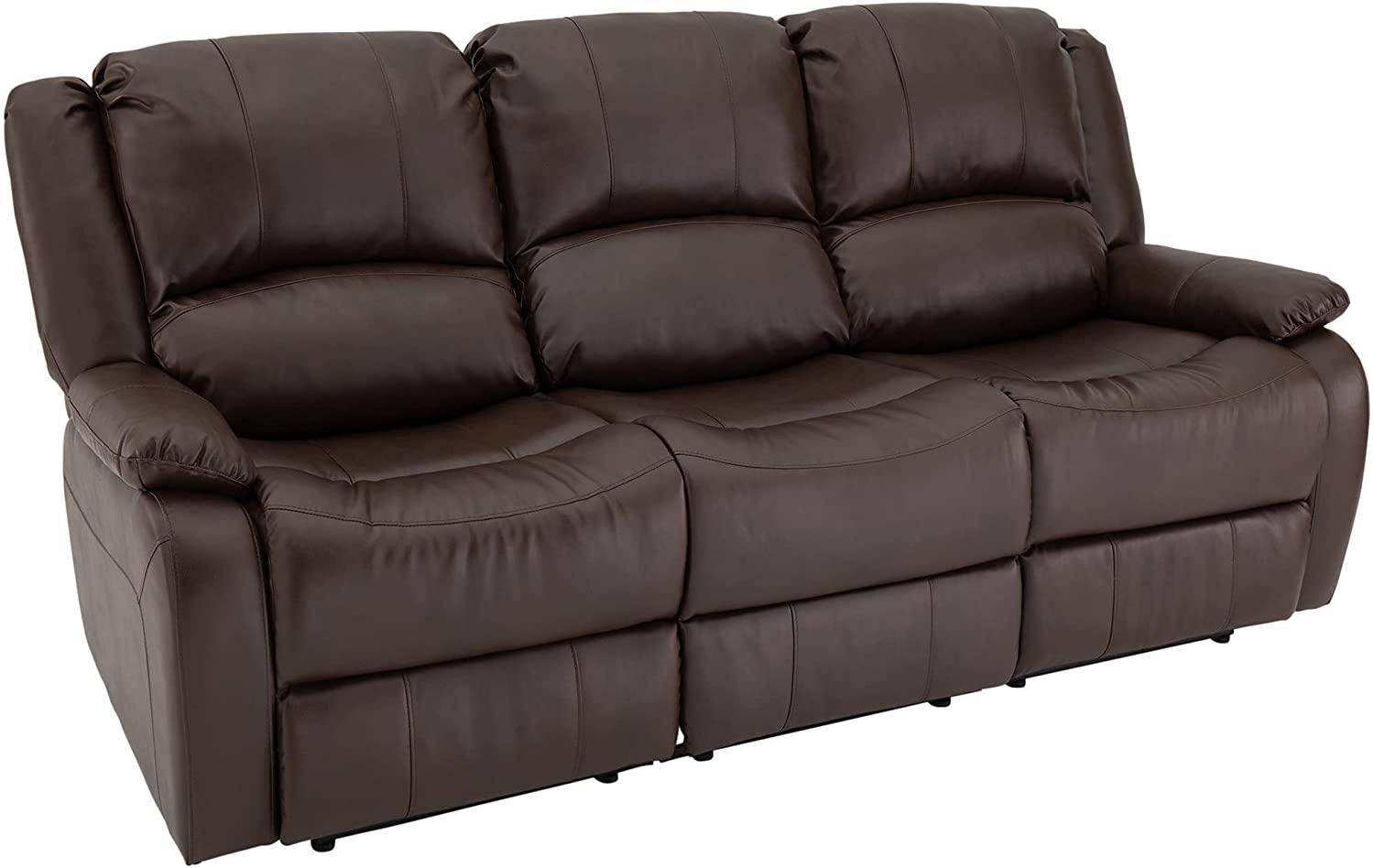


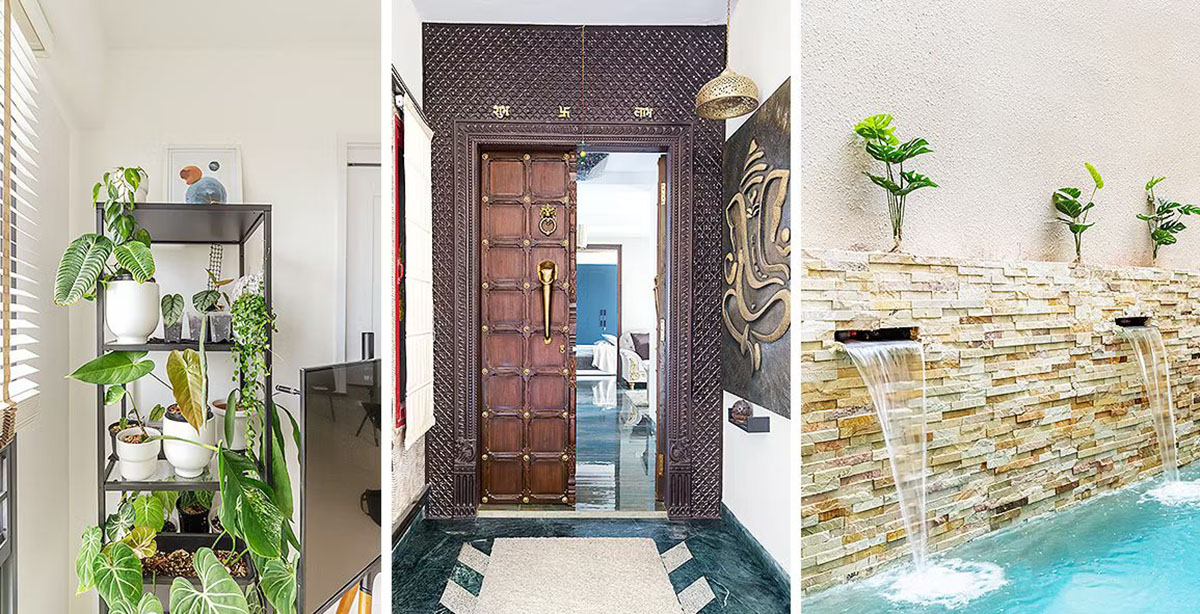

0 thoughts on “10 Things That Squeak In Your Home (and How To Fix Them)”